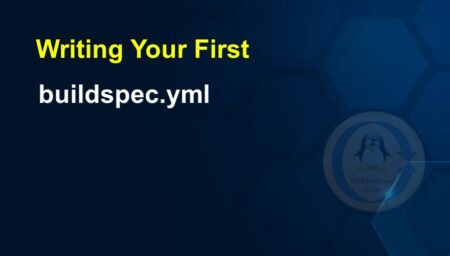GitHub Actions is an automation feature built into GitHub’s platform. It allows you to automate workflows, including software builds, testing, and deployments, right in your repository. As developers, having this functionality at your disposal can streamline your workflow and boost productivity. This article will guide you through the process of getting started with GitHub Actions.
What are GitHub Actions?
Before we dive into how to set them up, let’s clarify what GitHub Actions are. Essentially, they are tasks that you can automate directly within your GitHub repository. You can create individual tasks, known as “actions”, and combine them to create a “workflow”. For instance, you could set up a workflow that automatically runs tests whenever someone pushes code to your repository, then builds your project and deploys it if all tests pass.
GitHub Actions are defined in YAML files, which are stored in your repository in a directory called .github/workflows.
Creating a Workflow File
To set up a GitHub Action, you first need to create a workflow file in your repository. Here’s how:
- In your GitHub repository, navigate to the “Actions” tab.
- Click on “New workflow”.
- GitHub will suggest some workflow templates based on your project. For this example, select “Set up a workflow yourself”.
- GitHub will create a new YAML file for you in the .github/workflows directory.
Understanding the Workflow File
Let’s go over some basics about the workflow file:
1 2 3 4 5 6 7 8 9 10 11 12 13 14 15 16 17 18 19 20 21 22 | name: CI on: push: branches: [ main ] pull_request: branches: [ main ] jobs: build: runs-on: ubuntu-latest steps: - uses: actions/checkout@v2 - name: Run a one-line script run: echo Hello, world! - name: Run a multi-line script run: | echo Add other actions to build, echo test, and deploy your project. |
Here’s what’s going on in the YAML file:
- name: This is the name of your workflow. You can name it anything you like.
- on: This specifies the event that triggers the workflow. In the above example, the workflow triggers whenever there’s a push or a pull_request to the main branch.
- jobs: This is where you define the jobs that make up your workflow. Each job will run on its own virtual environment specified by runs-on.
- steps: Steps are the individual tasks that make up a job. In this example, the first step checks out your repository using actions/checkout@v2. The next steps echo simple messages to the console.
Customizing Your Workflow
You can customize your workflow to suit the needs of your project. For instance, you might want to set up a workflow that automatically tests your code whenever there’s a push to your repository.
To do this, you could modify the steps in your workflow file like so:
1 2 3 4 5 6 7 8 9 10 11 12 13 | steps: - uses: actions/checkout@v2 - name: Set up Node.js uses: actions/setup-node@v2 with: node-version: '18' - name: Install dependencies run: npm ci - name: Run tests run: npm test |
In the modified example, the workflow first checks out your repository, then it sets up Node.js using actions/setup-node@v2. It then installs your project’s dependencies with npm ci, and finally runs your tests with npm test.
You can add as many steps as you need, and even run steps conditionally based on the results of previous steps. This gives you a lot of flexibility in automating your workflows.
Conclusion
GitHub Actions is a powerful tool that, when properly used, can automate a lot of your routine tasks and significantly improve your workflow. This guide has provided you with the basics you need to get started with GitHub Actions, but there’s so much more to learn. As you become more comfortable with GitHub Actions, you’ll find that they can help you automate nearly every aspect of your software development process.

